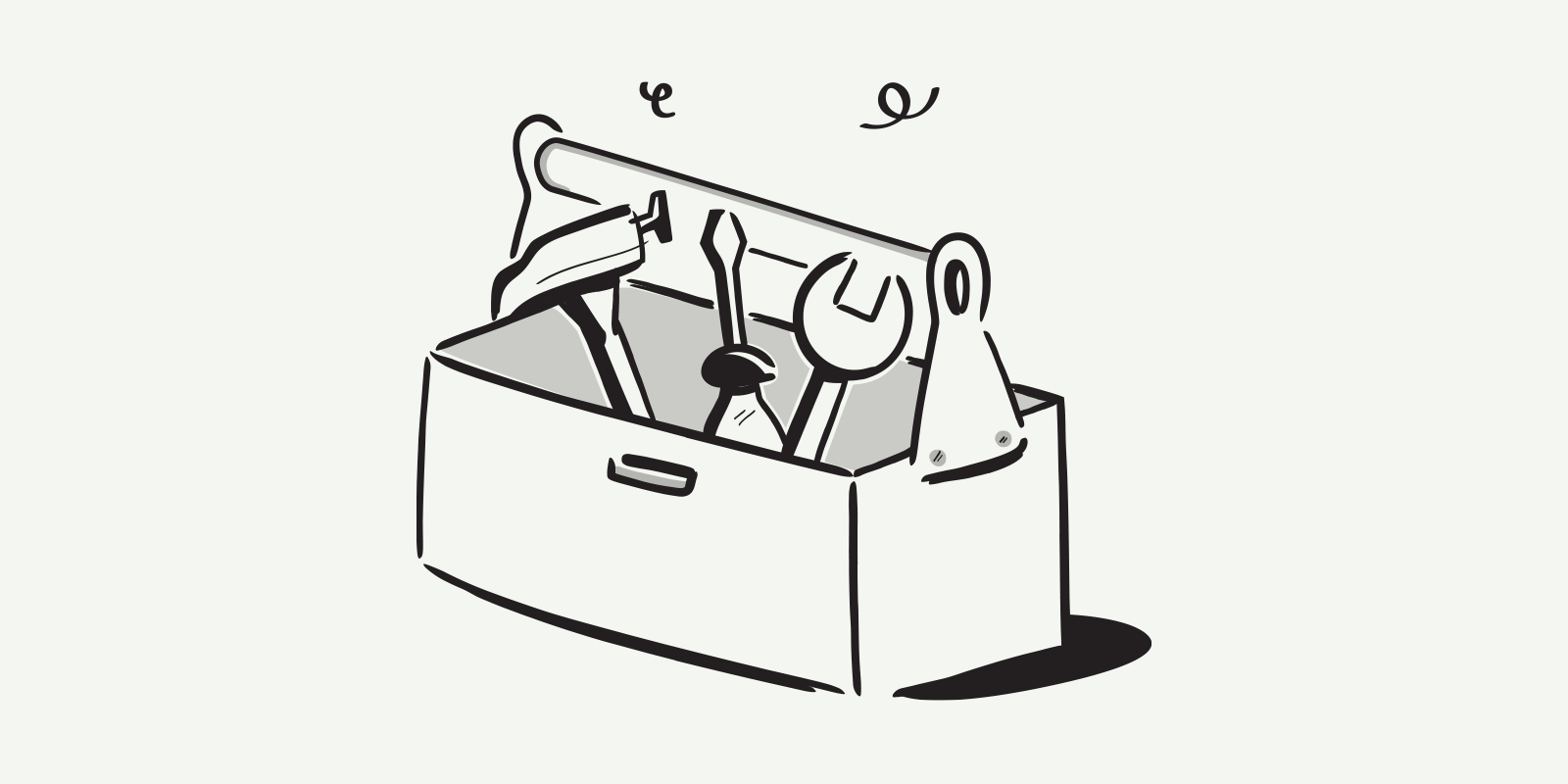Transforming an inherited home into a Buy-to-Let goldmine

Inheriting a house from a relative is one thing; knowing what to do with it is another. It’s understandable if you’re confused about the latter — perhaps the location isn’t ideal for you to live in yourself, or the property needs extensive renovations you can’t afford right now.
Rather than selling the house and missing out on future opportunities, have you considered turning it into a buy-to-let investment property?
That inherited house could become a buy-to-let goldmine if you play your cards right by utilising the information in this guide and Rentila’s features. Stick with us as we walk you through transforming an inherited home into a buy-to-let rental property. By the end, you’ll be well on your way to building your property empire, one house at a time.
Evaluate the property’s potential
Inheriting a property is exciting, but you must evaluate the property’s potential before you start receiving rental income.
Here’s how to go about this:
- First, look at the location: Is it near public transit, schools, shopping, parks or other amenities that would make it appealing to tenants? If not, you may need to lower the rent or invest in upgrades to attract interest;
- Next, assess the condition and any needed repairs or renovations: Older homes often require electrical, plumbing or structural work, which can be expensive. You’ll need to determine if the costs are worth it or if selling as-is would be better;
- Also, consider how much rent similar properties in the area are getting: A critical step in assessing whether your property passes as a great BTL investment is checking sites like Zoopla, Zillow or Rightmove to determine a competitive price for different unit sizes. You want it high enough to profit but not too high that it sits empty;
- Consider your target tenants as well: Students, families and professionals have different needs, so you must cater for the property and amenities accordingly;
- Finally, calculate all your costs, like insurance, property taxes, maintenance, and management fees: Ensure the potential rental income covers costs with enough left over for a healthy profit margin. If not, it may not be worth keeping.
With some time and effort evaluating the realities of your inheritance, you can turn it into a stable income-generating investment.
Handle the legal aspects
Before you start dreaming of passive income and extended vacations from your buy-to-let inherited property, you need to check a few legal boxes. As outlined below, we’ve broken down this process into four key stages.
- First, ensure the property legally belongs to you: Check official records to confirm you have the proper documentation as the rightful owner. You’ll also want to handle any outstanding bills, taxes, or liens on the property to avoid future headaches.
- Next, decide how to hold the title — as a sole owner, partnership, or limited company: A limited company provides legal protection and tax benefits for most landlords. Register the company and secure any required licenses to become an official landlord.
- Don’t forget insurance: Buy comprehensive landlord insurance to protect against damage, non-payment of rent, and legal disputes. You should also consider rent guarantee insurance, especially when first starting.
- Finally, draw up proper legal tenancy agreements for your tenants: Use a residential tenancy agreement that complies with regulations and details the tenancy terms, rent amounts, landlord and tenant responsibilities, and more. Be sure also to perform credit and background checks on prospective tenants. The Rentila software is a great tool for drafting well-written tenancy agreements — consider signing up today.
Determine a budget and secure financing
Determining a renovation budget and securing financing is critical to turn your buy-to-let inherited property into a regular income stream, and this entails these two essential steps:
Create a comprehensive budget
Consider both immediate and long-term costs to estimate your total budget. Direct costs include necessary repairs, deep cleaning, and cosmetic upgrades to attract tenants; longer-term costs could be replacing major appliances or upgrading plumbing and electrical systems for safety and efficiency. We recommend you get multiple contractor estimates for any work beyond your DIY skills.
Here’s an outline of possible costs to consider:
- Renovation Costs: Repairs, cleaning, painting, flooring, lighting, etc.
- Appliance and System Upgrades: Furnace, water heater, washer/dryer, etc.
- Contractor Fees: For plumbing, electrical, roofing, siding, etc.
- Legal Fees: Creating leases, background checks, etc.
- Buffer: A 10% buffer for unexpected costs.
Explore financing options
Determine how to fund your renovation and new investment property with a budget.
Possible options include the following:
- Personal Savings: Use your cash reserves to fully or partially fund the project.
- Home Equity Loan or Line of Credit: Borrow against the equity in your current home. Interest rates on loans are often lower than those on credit cards.
- Investment Property Mortgage: Take out a new mortgage on the inherited home. Interest and payments may be tax deductible.
- Hard Money Lenders: Private lenders offer short-term loans at higher interest rates. Only use if other options are unavailable, and you plan to pay off quickly.
- Partners or Private Investors: Find people to invest in and co-own the property with you. Agree on sharing responsibilities, costs, income, and equity, while ensuring you get all terms in writing.
You can transform your inherited house into a lucrative investment property with a well-calculated budget and financing. However, remember to start small if needed, learn as you go, and don’t take on more debt than you can afford to pay off. With time and experience, you’ll gain the knowledge and means to upgrade and expand your buy-to-let portfolio.
Make necessary repairs and upgrades
While transforming an inherited home into a buy-to-let, you must repair any damage to make it presentable to potential tenants in the following three steps:
Inspect the property
The first step is thoroughly scrutinising the inherited property to ascertain necessary repairs or upgrades. Walk through each room and make a list of issues that need to be addressed like:
- Leaky faucets or plumbing that needs repair;
- Faulty electrical wiring or outlets;
- Roof damage or leaks;
- Heating/cooling systems that need servicing;
- Flooring, cabinets or appliances that need replacement.
You want the property to be safe, functional and appealing to tenants, so immediately take care of any significant structural or system issues. For more minor superficial fixes, prioritise what needs to be done before listing the property for rent.
Update decor and finishes
Most inherited homes need sprucing up to suit current design styles and tastes.
To achieve this, consider the following:
- Applying fresh coats of paint in neutral, modern colours;
- Replacing outdated light fixtures, hardware and accessories;
- Refinishing or replacing worn flooring, countertops and cabinetry;
- Re-grouting tile floors and showers to make them look clean and new again.
Updating the decor and finishes will help attract higher-quality tenants and increase your rental income potential. Remember that many of these upgrades can often be written off as tax deductions for investment property owners.
Review compliance requirements
Before renting out the property, ensure it meets all local regulations and building codes for rental units.
This may include things like:
- Installing smoke and carbon monoxide detectors;
- Upgrading or repairing fire escapes/staircases;
- Ensuring proper ventilation and emergency exits;
- Providing accessibility features, if required, in your area.
Using a free property management tool like Rentila can help keep you on track with compliance issues and maintenance responsibilities as a landlord. Staying current with regulations will not only protect you legally but also give your tenants peace of mind.
Market the property and screen tenants
To receive rental income on your buy-to-let inherited property, you must get it to the notice of potential tenants. And here’s just how to go about that.
Advertise the property
To attract quality tenants, you’ll need to market your inherited home. List the property on popular platforms like Rightmove, Zoopla and OpenRent, from which you can receive candidates’ applications on your Rentila dashboard.
Be sure to include professional photos, a detailed description highlighting recent improvements, and an accurate price based on the local rental market. You can also place ads in local Facebook groups and newspapers. The more places you advertise, the more interest you’ll generate.
Screen applicants
One of the common mistakes landlords make when renting is skipping proper tenant screening and background checks. To avoid this, once you start receiving inquiries, invite prospective tenants to view the property.
Meet them in person if possible, and get a feel for whether they’d be a good fit by:
- asking for their rental history, employment information and references;
- running background and credit checks on your top candidates to verify this information.
Look for employed, financially stable tenants with a history of on-time rent payments and no prior evictions or property damage.
Conduct interviews
Narrow applicants to 3–4 of the most promising prospects and interview them. This gives you a better sense of their suitability as tenants and gives them a chance to view the property again.
Be upfront about your requirements, like a minimum six or 12-month lease, and ask open-ended questions to understand why they’re interested in the property and what kind of tenants they’ll be. Go with the applicant you feel best about to maximise your chances of a headache-free tenancy.
However, your task doesn’t end here. You now have a property to manage in addition to managing your daily business. You may not know it, but managing a property can be tedious, especially if you have more than one in different locations.
This is where we come in — Rentila is a cloud-based property management software that makes it easier to effectively manage your tenants and property in multiple locations. It’s feature-packed and free to use, so why not try it out today?
FAQs: Transforming an inherited home into a Buy-to-Let
Can I rent out my inherited house?
Yes, you can rent out your inherited house to generate income from your property. However, before becoming a landlord, you must consider various factors, such as local laws, taxes, insurance, and maintenance costs.
How do I avoid capital gains tax on inherited property in the UK?
To avoid capital gains tax (CGT) on inherited property in the UK, consider the following options:
- Principal Private Residence (PPR) Relief: If you live in the inherited property as your primary residence, you may qualify for PPR relief, exempting you from CGT when you sell the property.
- Annual Exemption: Each individual has a tax-free allowance for capital gains. For the 2023/24 tax year, this allowance is £6000. You won’t be subject to CGT if your gain is below this threshold.
Remember that tax laws can be complex, and you should consult a tax advisor to discuss your specific situation and ensure you’re taking all the necessary steps to minimise your CGT liability.
Things to remember
While transforming an inherited home into a buy-to-let may feel overwhelming initially, by focusing on the fundamentals—finding suitable tenants, keeping costs low, choosing the right mortgage, setting the right rent, and maintaining the property well—you’ll be raking in rent cheques in no time.
The work you put in now will pay off for years to come. Before you know it, that old house will transform into a buy-to-let goldmine, securing your financial future and honouring the memory of the loved one who left it to you. Remember, opting for Rentila as your all-in-one property management platform can make your tasks as a landlord as seamless as possible.


